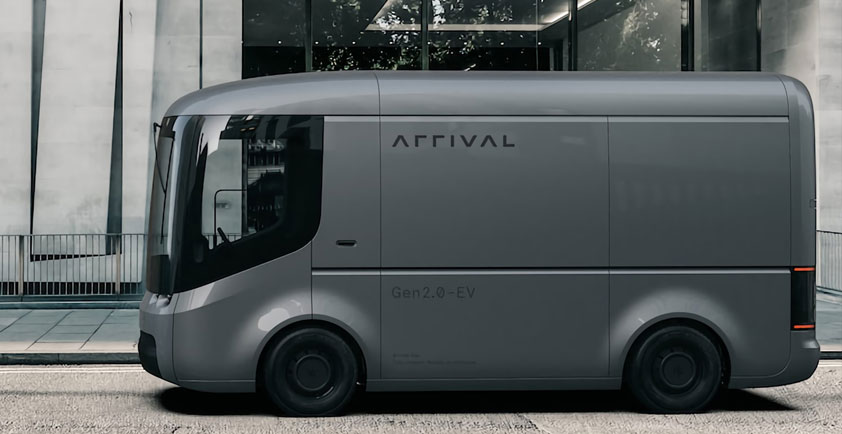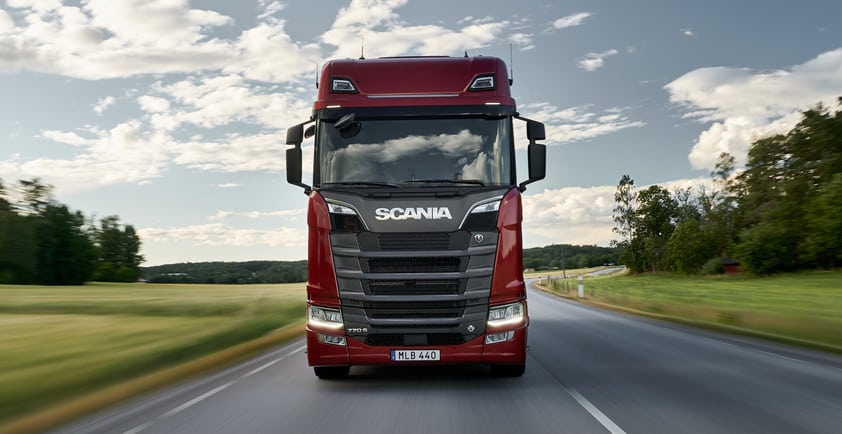

THE ROAD TO MOBILITY: THE 2020 GUIDE TO TRENDS AND TECHNOLOGY FOR SMART CITIES AND TRANSPORTATION
Today, we’re excited to announce the launch of BlackBerry’s new guide – The Road to Mobility: The 2020 Guide to Trends and Technology for Smart Cities and Transportation, a comprehensive resource that government regulators, automotive executives and technology innovators can turn to for forward-thinking considerations for making safe and secure autonomous and connected vehicles a reality, delivering a transportation future that drivers, passengers and pedestrians alike can trust.
Featuring a mix of insights from both our own internal experts and recognized voices from across the transportation industry, the new guide provides practical strategies for anyone who’s interested in playing a vital role in shaping what the vehicles and infrastructure of our shared autonomous future will look like.
Within the comprehensive 174-page guide, readers can explore articles such as:
> Roadblocks and Pathways to Vehicle Electrification Adoption by Austin Brown, Executive Director, Policy Institute for Energy, the Economy, and the Environment at UC Davis.
> Challenges to Smart Mobility and Smart Cities by Roger Lanctot, Associate Director in the Global Automotive Practice at Strategy Analytics.
> Regulatory Policy, Safety and Security in Connected and Autonomous Vehicles by Parham Eftekhari, Executive Director of the Institute for Critical Infrastructure Technology (ICIT), the nation's leading cybersecurity Think Tank.
> And others from thought leaders with the Auto-ISAC, ITSA, Carnegie Mellon, Cyber Future Foundation and more.
Transportation and mobility is one of the hottest sectors of the economy, one that is both growing rapidly in market size and whose technological advancements seem to occur at dizzying speeds. From new forms of mobility to new business models, we are being forced to rethink how we look at the future. With a multitude of new transport technologies popping up and aggressive young start-ups jockeying for position with industry stalwarts , it’s become abundantly clear that the old adage of planes, trains and automobiles is having to make way for scooters, hyperloops and helicopter taxis.
Within the guide, readers will see the future speeding towards them in what Tina Quiqley has implemented in Las Vegas through the Regional Transportation Commission of Southern Nevada. Since taking the helm in 2005, Tina has launched a number of innovative and unconventional approaches to keeping people connected; from ‘Ride On-Demand’ programs that leverage companies like Lyft to offer paratransit customers same-day transportation services to partnerships with global technology companies like Aptiv to offer autonomous taxi options to riders traveling to and from upwards of 1,600 destinations across the Las Vegas Valley – making it the largest commercial program of its kind in the United States.
Her success comes alongside words of warning from ISAC Executive Director Faye Francy. Within Faye’s piece, she cautions the auto industry about putting a competitive advantage ahead of social and personal safety and security. As a veteran of the airline industry, Faye saw the impact of 9/11 and the ripple effects throughout the sector. She points out that in order to preempt a similar situation in automotive, it’s time we all sit down at the same table and be willing to have candid conversations.
Indeed, that is exactly why we’ve created the BlackBerry ‘The Road to Mobility’. We believe that instead of pushing from the past, it’s time to lead from the future. The mindset, technology, regulation and partnerships that got us to where we are today won’t sustain us going forward. It’s our belief that we need to bring all the disparate conversations floating around us into one place, which is what we share today. Our hope is that this guide helps shake off traditional roles and brings people together from the government, technology, automotive and other sectors to come up with new concepts, push the envelope and develop long-term solutions that also have near-term impact.
At the end of the day, intelligent transportation is far more than getting from A to B – it saves lives, connects worlds, and creates opportunities. As a solution provider, BlackBerry is actively working to address the challenges and the unintended consequences that come with them so we can all safely and securely realize the benefits of smart mobility.
Author: Jeff Davis - Head of Smart Transportation Innovation and Development - Blackberry












